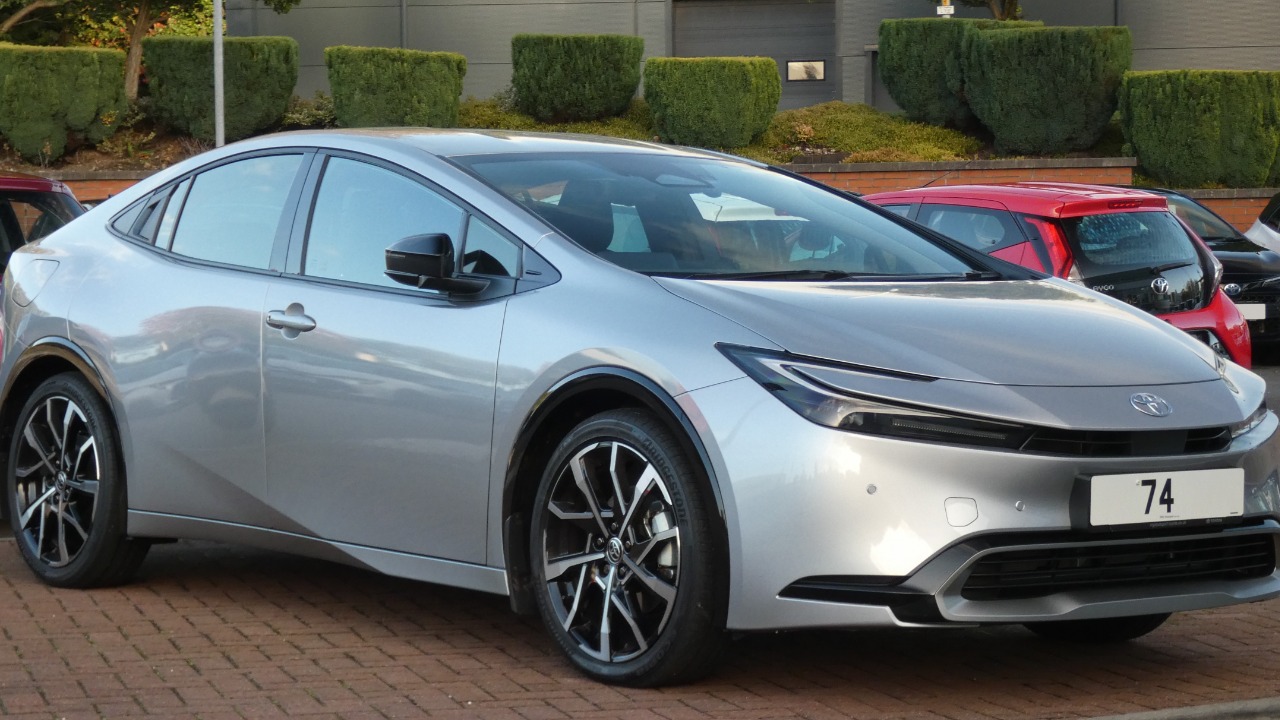
European automakers have strategically leveraged plug-in hybrids to meet emissions regulations, saving billions in fines. However, these vehicles face scrutiny regarding their true efficiency. Critics argue that plug-in hybrids fall short of delivering the promised blend of electric efficiency and gasoline range, urging consumers to avoid them entirely. This ongoing debate highlights the complexities and challenges surrounding the adoption of plug-in hybrids in the automotive industry.
The Rise of Plug-In Hybrids in the Market
Plug-in hybrids emerged as a promising bridge technology, combining electric and gas power to offer what was perceived as “the best of both worlds.” This concept aimed to provide consumers with the benefits of electric vehicles—such as reduced emissions and lower fuel costs—while maintaining the convenience of gasoline engines for longer trips. According to a 2024 explainer, this dual capability initially attracted both consumers and automakers, who saw it as a viable solution to meet stringent emissions standards.
Early adoption trends among automakers, particularly in Europe, reflected this optimism. European brands integrated plug-in hybrids into their lineups to comply with strict emissions standards, effectively using them as a tool to avoid hefty fines. The appeal of these vehicles was further enhanced by their extended range, which allowed drivers to travel longer distances without relying solely on charging infrastructure. This feature was particularly attractive to consumers who were hesitant to transition fully to electric vehicles due to concerns about charging availability and range anxiety.
Regulatory Benefits and Automaker Strategies
Plug-in hybrids have played a crucial role in helping European automakers avoid billions in fines by being counted as zero-emission vehicles under certain regulations. A report from InsideEVs highlights how these vehicles allowed manufacturers to meet emissions targets without making significant changes to their production processes. The financial incentives for producing plug-in hybrids were substantial, as they enabled automakers to sidestep penalties associated with exceeding emissions limits.
This strategy, however, has sparked debate about whether regulatory loopholes are promoting genuine innovation or merely encouraging temporary compliance. Critics argue that while plug-in hybrids help automakers meet short-term goals, they do not necessarily drive the industry toward true electrification. Instead, these vehicles may serve as a stopgap measure that delays the transition to fully electric vehicles, raising questions about their long-term sustainability and impact on emissions reduction efforts.
Real-World Performance Challenges
Despite their initial promise, plug-in hybrids often struggle to achieve the advertised efficiency in real-world conditions. A 2024 opinion piece critiques these vehicles for common issues with battery range and charging habits. Many drivers fail to charge their vehicles regularly, which prevents them from operating in electric-only mode as intended. This results in higher-than-expected fuel consumption, undermining the efficiency benefits that plug-in hybrids are supposed to offer.
Daily driving patterns further exacerbate these challenges. For instance, short commutes and frequent stops can deplete the battery quickly, forcing the vehicle to rely on its gasoline engine more often than anticipated. This discrepancy between promised and actual performance metrics has led to disappointment among consumers who expected to enjoy the benefits of both electric and gasoline power without compromise. As a result, the notion of plug-in hybrids delivering “the best of both worlds” remains contentious.
Environmental and Consumer Drawbacks
Critics argue that plug-in hybrids may contribute to higher overall emissions when not plugged in regularly. The MotorTrend opinion piece emphasizes that the added complexity and cost of dual powertrains do not provide proportional benefits for most users. This complexity can lead to increased maintenance costs and potential reliability issues, which may deter consumers from choosing plug-in hybrids over simpler, fully electric alternatives.
Furthermore, the role of plug-in hybrids in fine avoidance rather than true electrification progress raises questions about their long-term sustainability. While they offer a temporary solution for meeting emissions targets, their effectiveness in driving meaningful change in the automotive industry is debatable. As automakers continue to navigate the regulatory landscape, the focus may need to shift toward developing and promoting fully electric vehicles that align more closely with environmental goals and consumer expectations.